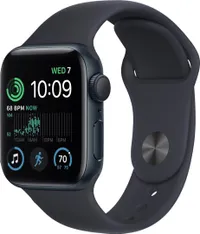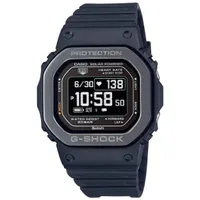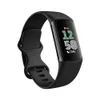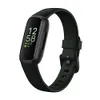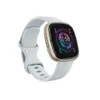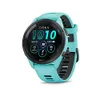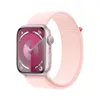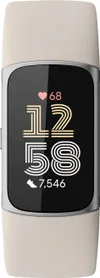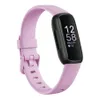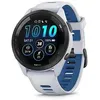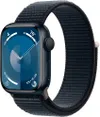I walked over 5,000 steps with Apple Watch SE vs G-Shock Move — here's the winner
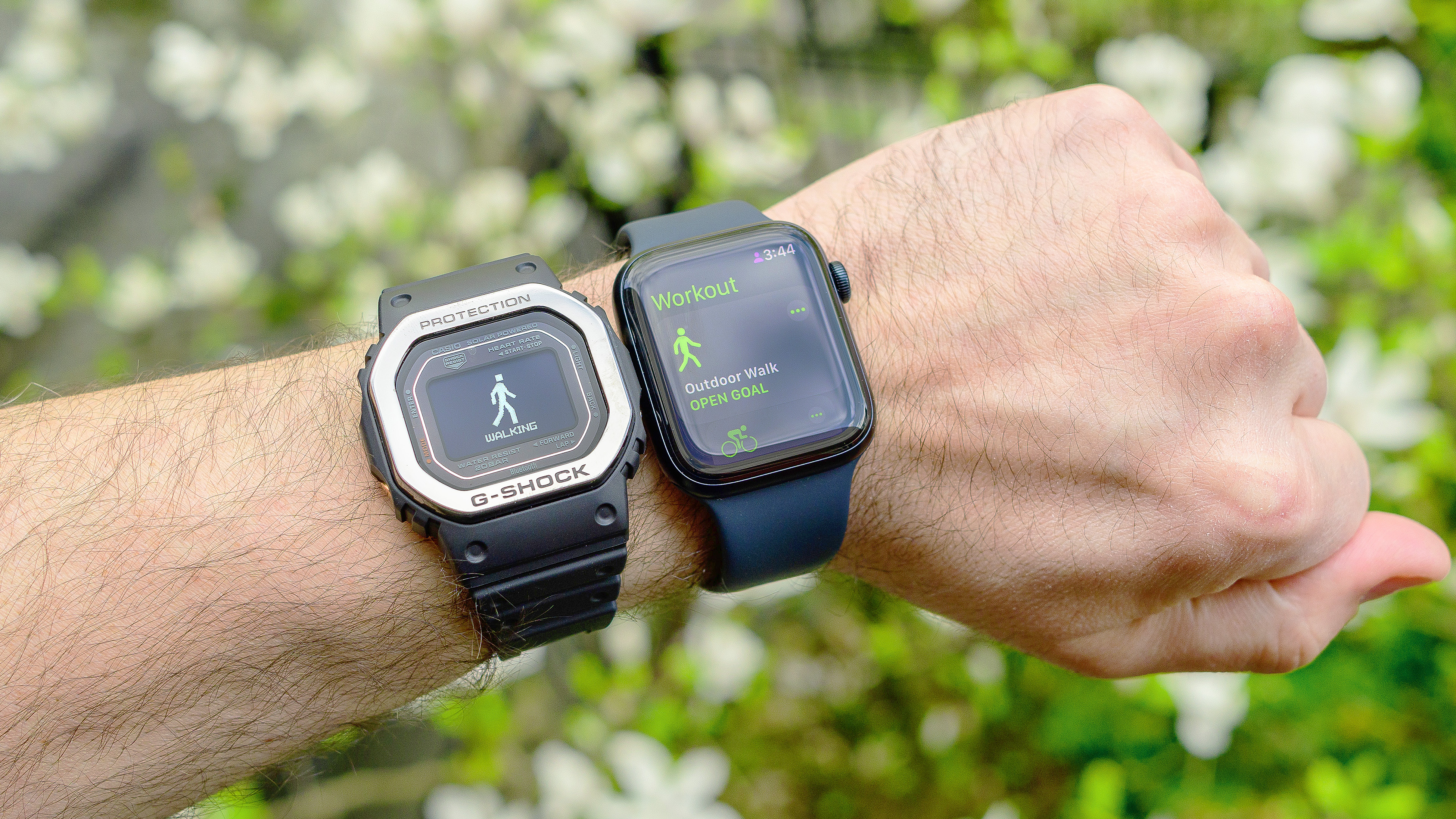
Fresh off a recent win against the Fitbit Charge 6, the Apple Watch SE (2022) is ready to take on another popular challenger to determine which device offers better step-count accuracy. This time, it's the G-Shock Move DWH5600's turn to see how its step-counting skills measure up.
Priced at $320, the G-Shock Move smartwatch costs more than the Apple Watch SE, even though it omits an onboard GPS and altimeter, relying instead on a paired smartphone for the former.
There are also no third-party apps to speak of. However, the G-Shock move does have some advantages over the Apple Watch SE, even if the latter is the best smartwatch for the money in 2024.
Apple Watch SE vs. G-Shock Move: Features
For one, the G-Shock looks way cooler (see also: less dorky) than the Apple Watch SE (IMHO). The Move also offers a substantially more rugged build quality. In addition to a shock- and drop-proof design, water resistance is good for 200 meters, making the watch truly suitable for all water sports, even scuba diving. The Apple Watch SE, by comparison, has just 50 meters of WR.
You also get solar charging with the DWH5600 and superior battery life compared to any current Apple Watch model.
Apple Watch SE (2022): $249 @ Best Buy
The second generation entry-level Apple Watch SE is more than a step-counter, it complements your iPhone by providing many of the same features — and apps — as its larger cousin. Plus, you get heart rate monitoring and activity tracking for popular workouts like yoga, strength training, outdoor cycling and more.
Casio G-Shock Move DWH5600: $299 @ REI
The G-Shock Move looks like a classic 1980s Casio watch with a touch of modern flair. Sure, it tells the time, but it also monitors your heart rate and blood oxygen saturation levels; tracks basic workouts and physical activities; keeps tabs on sleep quality; and charges via the sun. Plus, 200 meters of water resistance is best-in-class.
But what about fitness tracking? Both devices sport an accelerometer to assist with step-count tracking and an optical heart rate monitor, though only the G-Shock provides blood oxygen saturation readings (SpO2). The Apple Watch has far more activity profiles, though,
In terms of metrics, both devices cover the basics, like pace, distance, average heart rate, calories burned and more. By the way, G-Shock uses Polar’s fitness and health algorithms to process its data. (That's a good thing.)
Get instant access to breaking news, the hottest reviews, great deals and helpful tips.
Apple Watch SE vs. G-Shock Move: Step-count accuracy
Our step-count accuracy test is fairly simple. I affix a fitness tracker/smartwatch to each wrist, fire 'em up, and set out on my way, manually counting every step. When I hit 100, I click an old-school tally counter in my pocket and start again at one — wash and repeat until I've walked several thousand paces. (I also run Strava on my iPhone as an additional data source).
With the sun shining brightly and my belly full of leftover pizza and yerba mate tea, I stepped out of my apartment to begin the test. Here's how it went:
Apple Watch SE vs. G-Shock Move: Test results
| Header Cell - Column 0 | Apple Watch SE | G-Shock Move | Control |
|---|---|---|---|
| Steps | 5,338 steps | 5,327 steps | 5,300 steps (manual count) |
| Distance | 2.6 miles | 2.4 miles | 3.1 miles |
| Elevation gain | 261 feet | n/a | 249 feet (Strava) |
| Pace | 21 minutes 4 seconds per mile | 22 minutes 4 seconds per mile | 17 minutes, 13 seconds per mile |
| Calories burned | 373 calories | 407 calories | n/a |
| Average heart rate | 121 bpm | 122 bpm | n/a |
| Maximum heart rate | 161 bpm | 161 bpm | n/a |
Except for some odd numbers from Strava for pace and distance — 17 minutes, 13 seconds per mile is a tad quick — the recorded data matches up quite nicely across the board. Both the Apple Watch and G-shock were within 40 steps of my manual 5,100-step count, which equates to 99% or better accuracy. That alone is impressive.
Similarly, the Apple Watch and G-Shock align closely on pace, heart rate, distance and calories. Of course, the latter lacks elevation data, which is a bummer given that ~250 feet of ascent is nothing to scoff at.
Verdict: G-Shock Move DWH5600 wins
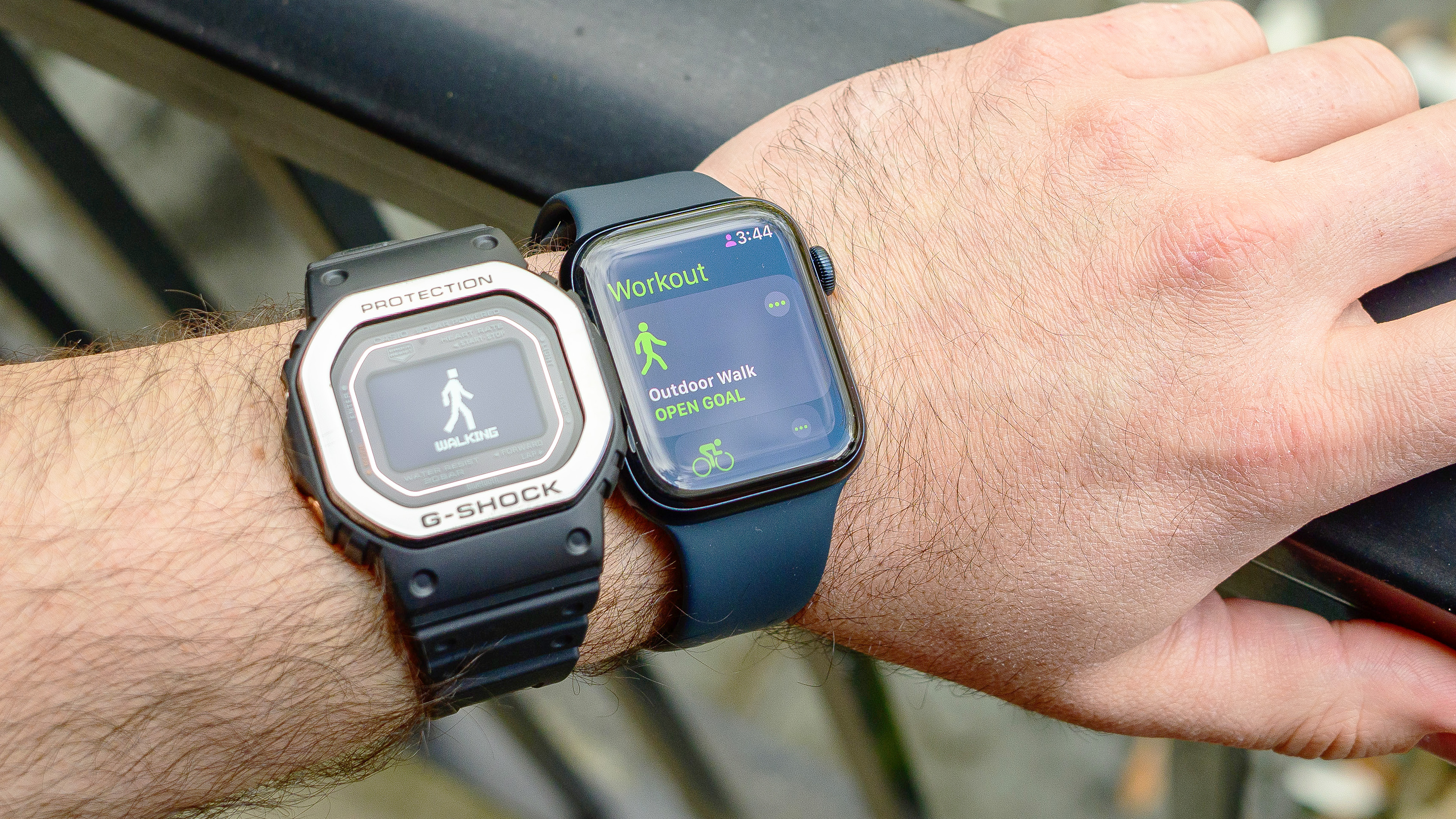
Ultimately, the G-Shock Move wins this step count battle against the Apple Watch SE by just eleven paces. But more importantly, both smartwatches spit out incredibly similar metrics that match up with one another and previous step-count trials. This is to say, these are as accurate as any wearable I've tested, and I wouldn't hesitate to rely on either for future workouts.
Well, that's not entirely true...
The lack of elevation data from the G-Shock means I'll still reach for the Apple Watch SE first before my next walking or hiking excursions (though, for watersports, I'm all Casio all day). The coastal Pacific Northwest is darn mountainous, after all.
More from Tom's Guide
- Samsung, Oura and Ultrahuman — the state of smart rings in 2024
- Blood, sweat and beers — 7 lessons I learned from building my first ebike
- Huawei Band 9 unveiled — a fresh challenger for the lightweight smartwatch title emerges

Dan Bracaglia is the Tom’s Guide editorial lead for all things smartwatches, fitness trackers and outdoor gear. With 15 years of experience as a consumer technology journalist testing everything from Oura Rings to instant cameras, Dan is deeply passionate about helping readers save money and make informed purchasing decisions. In the past year alone, Dan has assessed major product releases from the likes of Apple, Garmin, Google, Samsung, Polar and many others.
An avid outdoor adventurer, Dan is based in the U.S. Pacific Northwest where he takes advantage of the beautiful surroundings every chance he gets. A lover of kayaking, hiking, swimming, biking, snowboarding and exploring, he also makes every effort to combine his day job with his passions. When not assessing the sleep tracking and heart rate accuracy of the latest tach gadgets, you can find him photographing Seattle’s vibrant underground music community.
